In March 2023, California Gov. Gavin Newsom promised to combat the growing unhousing crisis in the state by approving plans to build 200 prefabricated tiny homes in San Jose at no extra cost to city taxpayers. Less than a year later, Newsom’s administration is pulling back on its promise.
Rather than build 200 tiny homes, the state is sending the city a check for $12.7 million to build the homes. Why this sudden change in plans? Let’s get into it.
What Was Newsom’s Program?
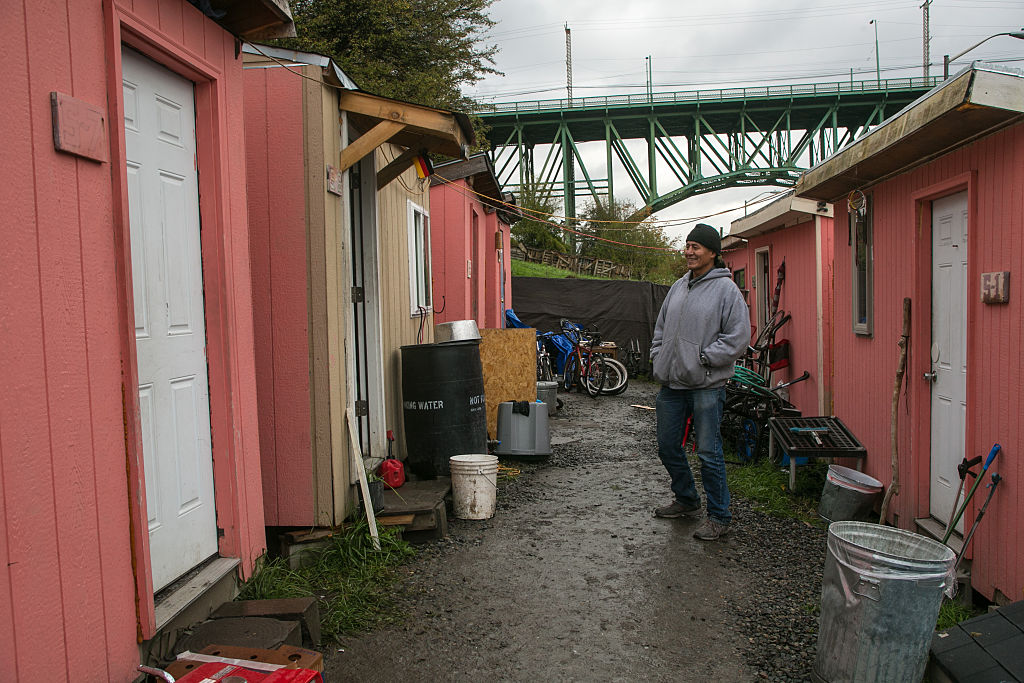
Newsom’s 2023 program was his attempt to fight the unhousing crisis in California, where more than 115,000 people live on the street, in cars, or in places deemed unfit for habitation. The tiny homes would be one or two rooms where people could temporarily live while waiting for permanent housing.
This was a popular strategy among officials looking for an ethical solution to the growing number of encampments that have popped up on city streets, sidewalks, parks, and vacant lots.
Newsom’s Program Lands on Cities
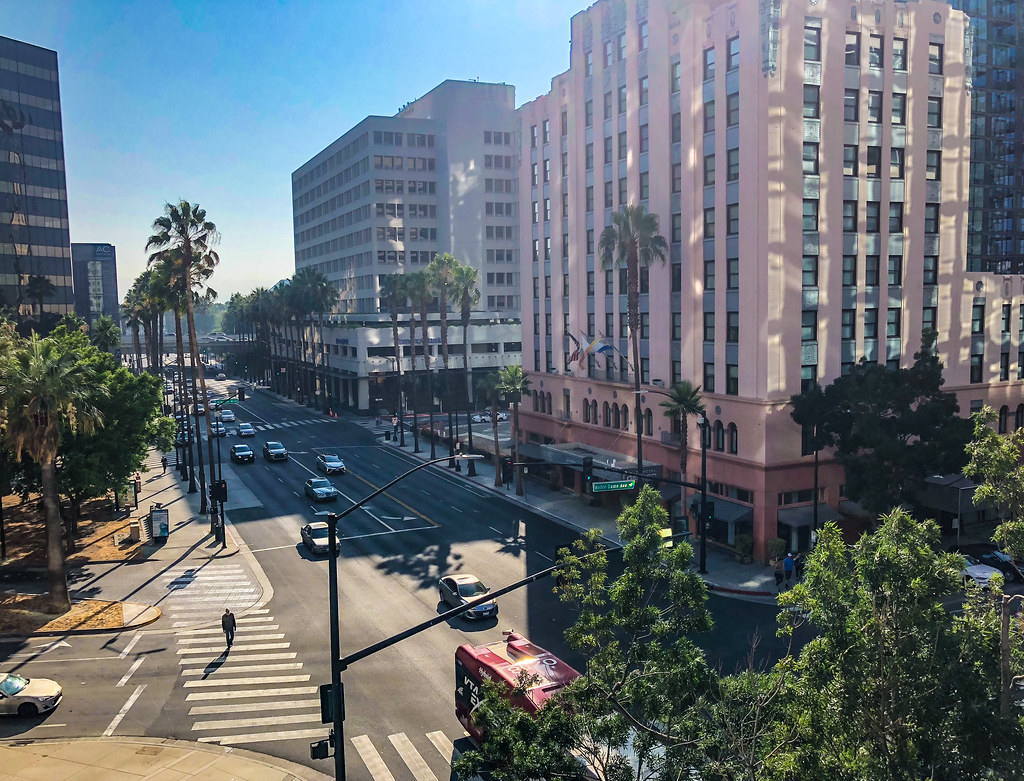
The new program was hoping to reduce homelessness by 15 percent in the state by 2025. This program would make cities and counties across the Golden State eligible for $1 billion in new funding.
Now, government officials are stepping away from the project, giving a fraction of the eligible funds to city officials, allowing them the flexibility to work through the entitlement process.
San Jose Mayor Thanks the Goveron for the Slice of the Pie
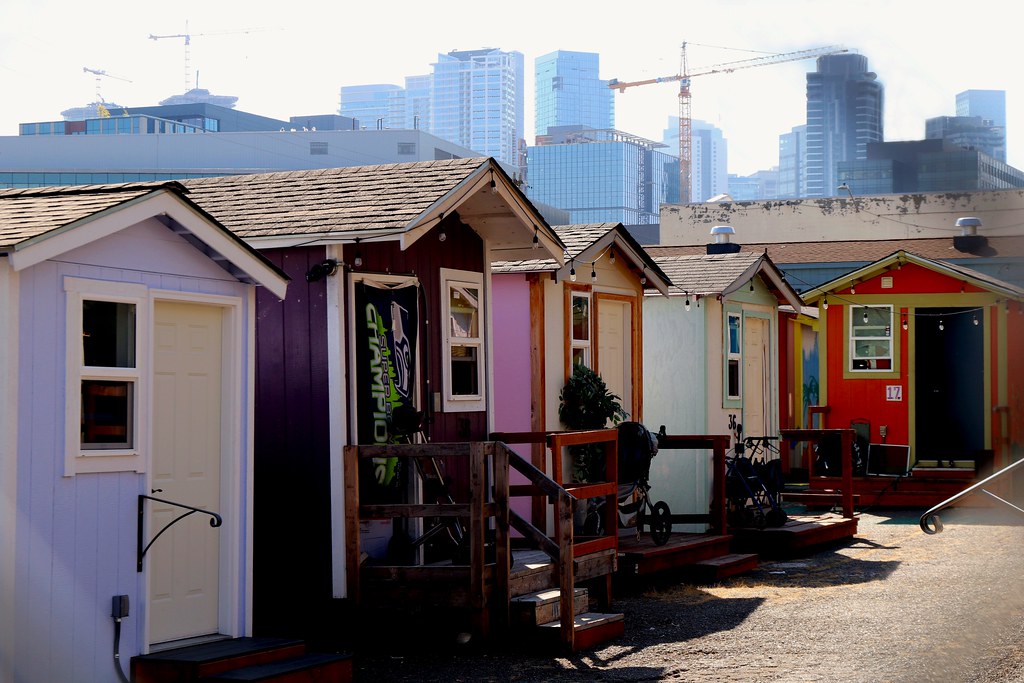
“We’re pushing full steam ahead with Cerone and the hundreds of other safe, dignified units we have in the pipeline—we have approval from VTA and support from the Council and residents,” San Jose Mayor Matt Mahan said in a statement (via Tribune News Service).
Mahan continued, saying, “We are grateful for the governor’s financial support and continued partnership in helping alleviate the crisis on our streets.”
$12.7 Million Isn’t Enough
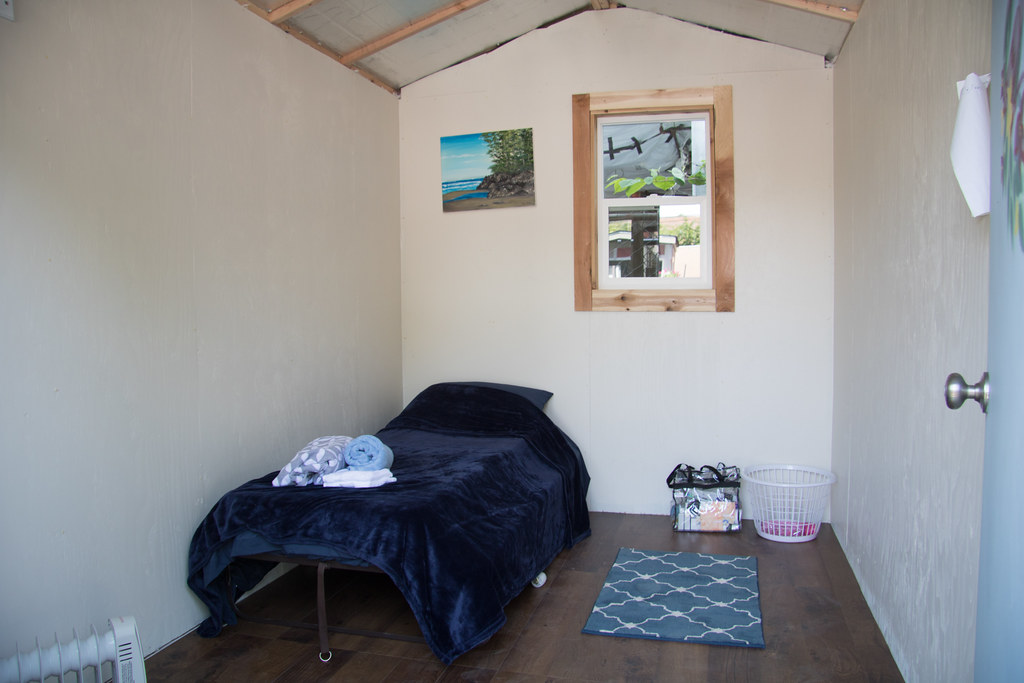
However, the $12.7 million that San Jose officials received isn’t enough. Officials believed that the full project would need another $5 million to $10 million to lease the land the homes would sit on.
A vacant six-acre lot in North San Jose is transforming into a tiny home community. However, securing additional funding remains crucial to cover the project’s future operating and maintenance expenses.
The Houses Are Estimated to Cost at Least $26 Million
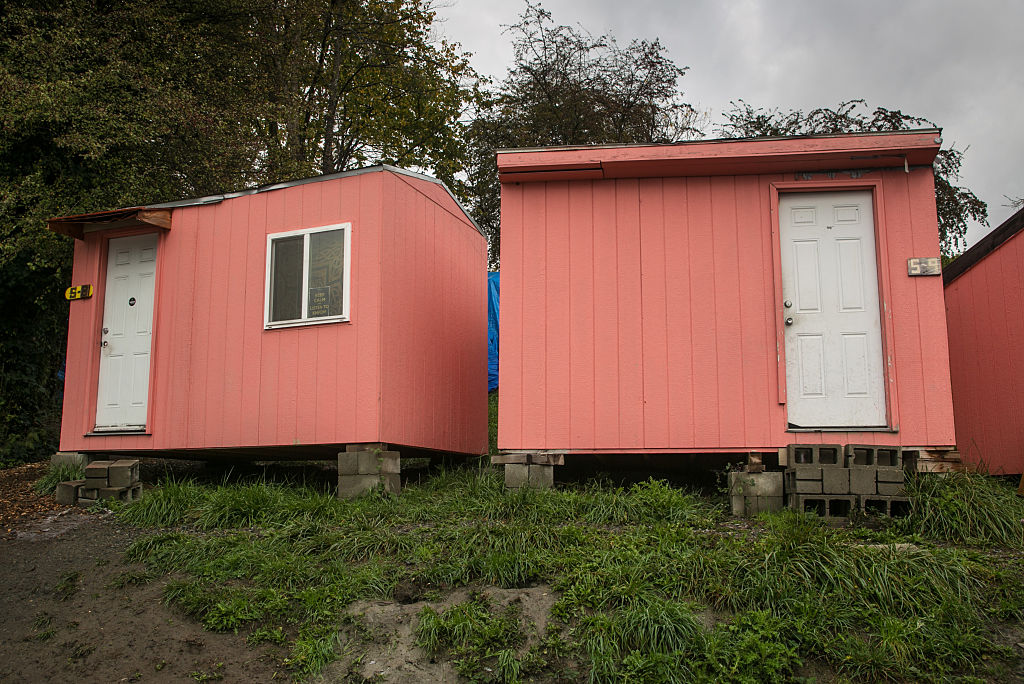
“It was going to cost $12.7 million either way—the question is whether we signed the paper or they signed the paper,” said a representative from Newsom’s administration.
The representative’s statement continues: “From our perspective, we are giving folks millions of dollars in capital spending to give them the capacity to deliver housing and services to the folks who need it most.”
San Jose Mayor’s Fight Against Homelessness
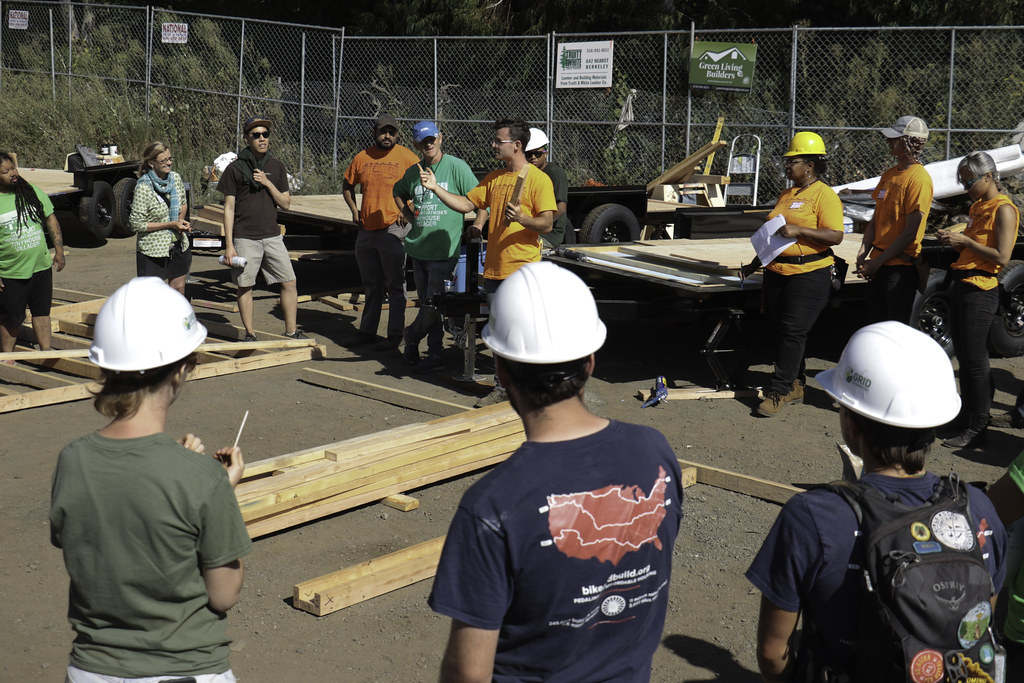
Mahan, who is up for reelection in March, is hoping to win the public’s support after setting an ambitious goal of reducing the city’s unsheltered population. San Jose currently has an estimated 4,411 residents experiencing homelessness.
This number is an 11 percent decline from last year’s number. Mahan accredits the decrease in unsheltered homelessness to the hundreds of tiny homes and other “interim” shelters the city has built over the years (via The Mercury News).
Tiny Homes Become Increasingly Popular in California
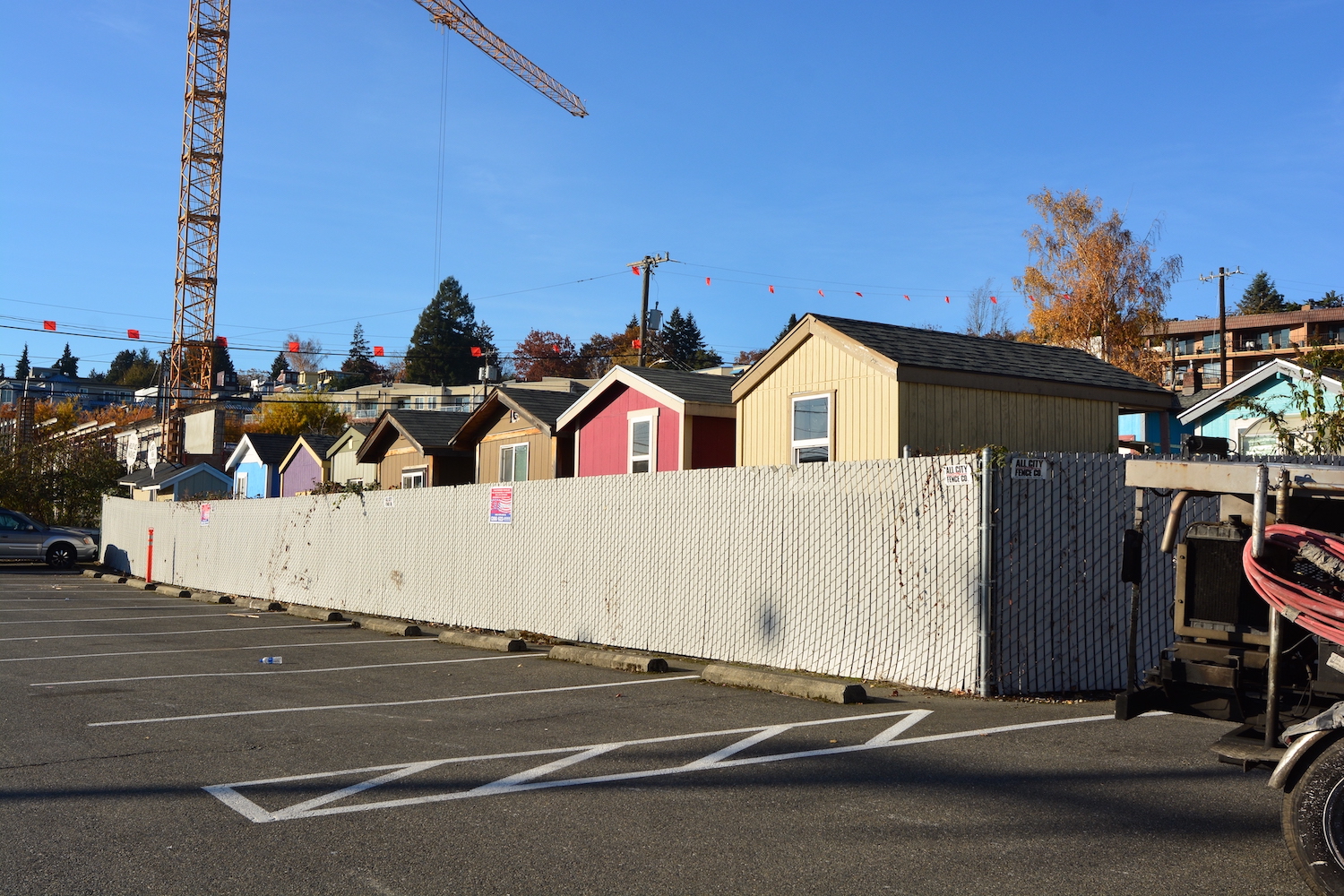
Beyond the necessary finances needed for the Cerone site, three other interim housing sites are under construction in San Jose. These locations will add 1,439 beds that provide temporary housing for people.
The shelters are made to serve as shelter for a few months until unhoused people can transition to permanent housing. These “tiny homes” have become increasingly popular in California over the last five years.
Some People Don’t See the Tiny Homes as a Viable Solution
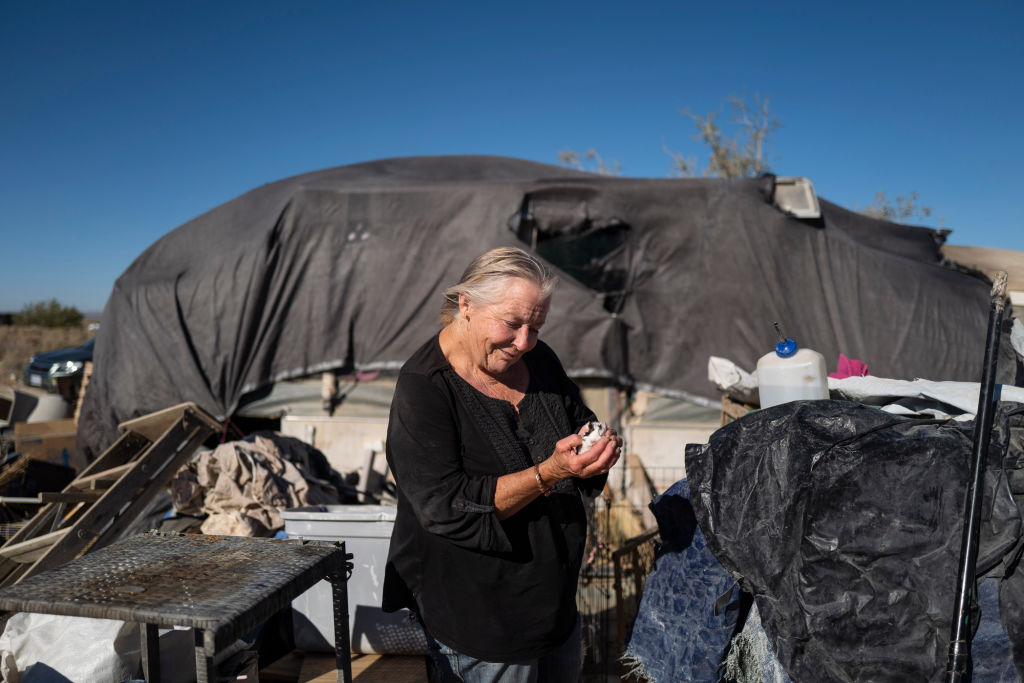
While some see tiny homes as a viable solution, they are not a solution to an increasing problem. The effectiveness of the tiny homes depends on several factors, like implementation, community support, and integration with other support services.
Those who do not believe the tiny homes are a viable solution see that the temporary housing does not provide facilities and on-site services to make the places suitable for long-term stays, and the possible price tag of maintaining each unit.
How Much Do the Tiny Homes Cost?

Those staying in the units don’t pay rent or pay for the on-site social services. Those costs seemingly would have fallen onto the state, but Newsom’s handoff now puts the bill on the city.
Currently, San Jose is paying about $26,000 per interim housing unit each year. For the existing network of 1,028 units, the city is paying $26.7 million. Additional units could rack the program’s bill up to $60 million by 2030 (via The Mercury News).
Four Cities Selected for the State’s Program
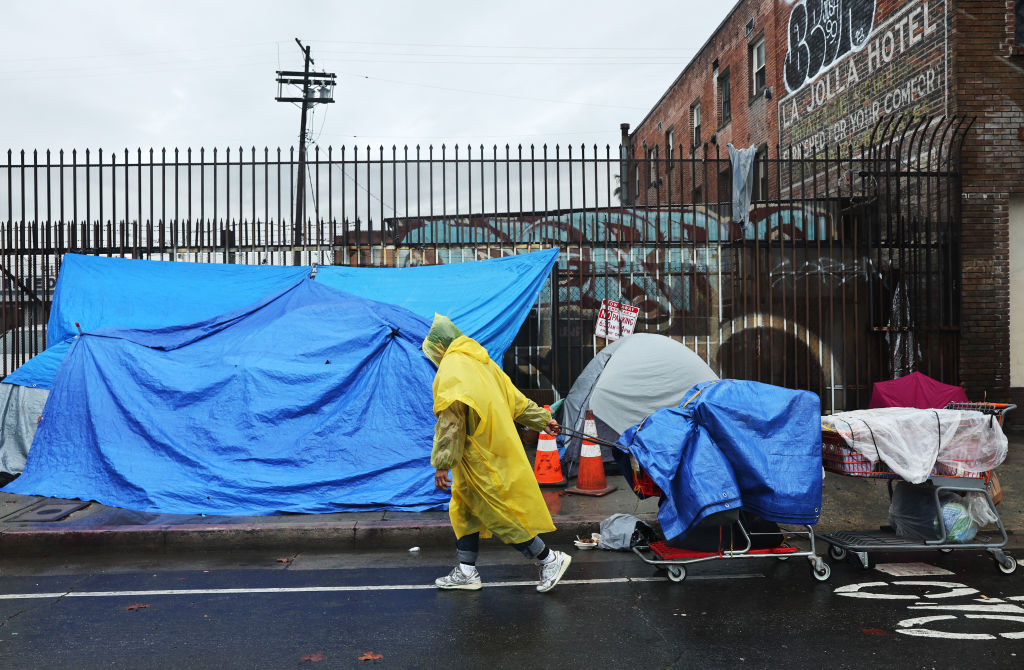
San Jose was not the only city to be promised tiny homes funded by the state’s program. The program promised to build 1,200 tiny homes in four communities around California: 500 homes in Los Angeles, 350 in Sacramento, and 150 in San Diego County.
The state prioritized communities struggling with severe homelessness for its tiny home project.
A New Solution for the Unhousing Crisis

In October 2023, the California Department of General Services selected six companies to build the units, CalMatters reported. Now, the four cities selected for the state program, as well as any other California cities looking to fund tiny homes, will have to go through General Services.
General Services cuts through red tape, speeding up tiny home construction in cities hit hard by homelessness.
